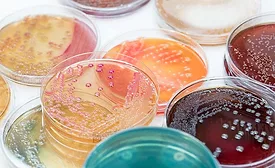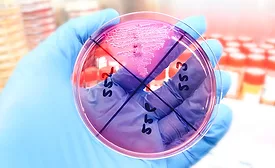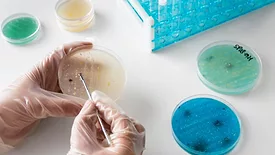Testing & Analysis
How Simple Microbiological Truths Provide Insights for Understanding and Solving Practical Problems
There is much in the tried-and-true past that informs us of our ability to progress with food safety and food quality microbiology
October 21, 2025
A Look at the Growth of the Global Food Safety and Beverage Microbiology Testing Market
Food safety microbiology is fundamental to any food safety program, but it also plays a role in the dynamic global marketplace
October 16, 2025
Never miss the latest news and trends driving the food safety industry
eNewsletter | Website | eMagazine
JOIN TODAY!Copyright ©2025. All Rights Reserved BNP Media.
Design, CMS, Hosting & Web Development :: ePublishing











